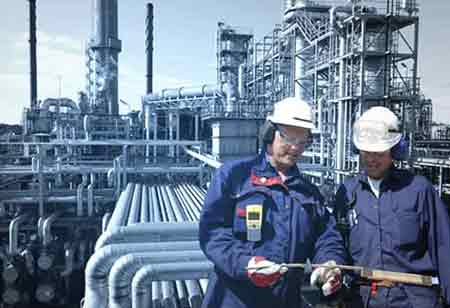Thank you for Subscribing to Electrical Business Review Weekly Brief
I agree We use cookies on this website to enhance your user experience. By clicking any link on this page you are giving your consent for us to set cookies. More info
The Role of Switchgear in Enhancing Power System Reliability
Europe is leading in advancing switchgear technology, integrating smart grid technologies for real-time monitoring and protection. Robust cybersecurity measures are essential for grid integrity.

By
Electrical Business Review | Friday, August 30, 2024
Stay ahead of the industry with exclusive feature stories on the top companies, expert insights and the latest news delivered straight to your inbox. Subscribe today.
Europe is leading in advancing switchgear technology, integrating smart grid technologies for real-time monitoring and protection. Robust cybersecurity measures are essential for grid integrity.
FREMONT, CA: Switchgear is a crucial element in electrical power systems tasked with controlling and safeguarding the flow of electricity. It encompasses a range of devices, including circuit breakers, switches, fuses, and isolators, each serving a distinct role in maintaining the stability and security of the power grid.
Roles of Switchgear in Power System Reliability
Switchgear plays a pivotal role in ensuring the reliability of power systems by performing several critical functions. Fault isolation is one such function, where switchgear swiftly detects and isolates faults to prevent their spread, minimising the impact on the overall system. As the primary protective devices, circuit breakers are instrumental in this process, interrupting faulty circuits to prevent equipment damage and ensure personnel safety. Additionally, overload protection is essential for preventing equipment damage due to excessive current flow. Overcurrent relays continuously monitor current levels and trigger protective actions, such as tripping the circuit breaker when safe limits are exceeded.
Another crucial aspect is coordination, which ensures that protective devices operate harmoniously to prevent cascading failures and reduce system disruptions. This involves setting devices to trip in the correct sequence isolating faults without affecting healthy sections of the grid. Switching operations further contribute to system reliability by enabling the safe and reliable switching of electrical circuits. Devices like isolators, switches, and disconnectors allow for isolating specific grid sections for maintenance or emergencies.
European Landscape and Recent Developments
Europe has been a leader in advancing switchgear technology, driving innovations that enhance power system reliability. One key trend is the integration of smart grid technologies, which incorporate digital solutions into power systems for real-time monitoring, control, and protection. These technologies, including advanced metering infrastructure (AMI) and communication networks, significantly improve the situational awareness of grid operators, enabling quicker fault responses and improved system reliability.
Condition-based maintenance is another emerging approach, utilising predictive maintenance techniques to monitor the health of switchgear components and proactively schedule maintenance. By identifying potential failures before they occur, this approach reduces downtime and enhances overall reliability. Integrating green energy sources, such as wind and solar power, is also increasingly important, with switchgear playing a vital role in incorporating these intermittent sources into the grid while maintaining a stable and reliable power supply. As switchgear systems become more digitalised, robust cybersecurity measures are paramount to protect against cyber threats and ensure the integrity of the power grid.
Switchgear is a critical element of power systems, which is vital in ensuring reliability and safety. It effectively isolates faults, protects against overloads, coordinates protective actions, and facilitates switching operations, significantly reducing downtime and ensuring the continuous operation of electrical systems. In Europe, the emphasis on technological advancements and sustainability is spurring further innovations in switchgear, enhancing the reliability and resilience of power systems.








